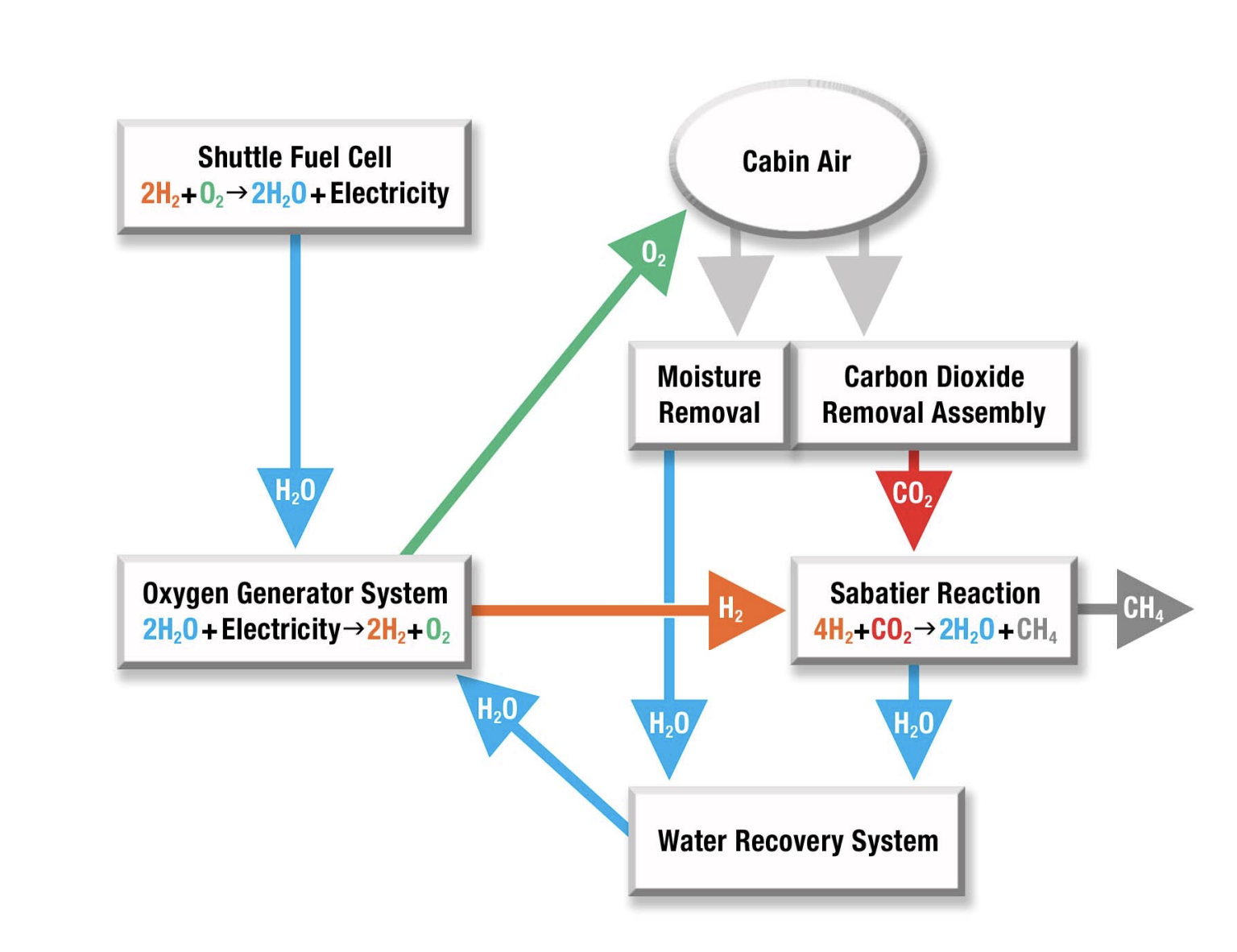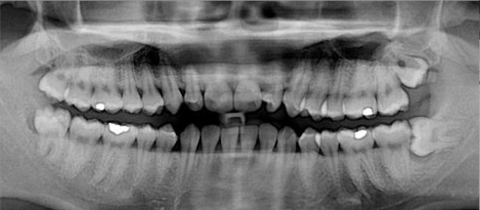Astronauts inhale oxygen and exhale carbon dioxide, just like you and me. On Earth, where exhaled air warmed by our bodies naturally rises away from us, the possibility of inhaling too much carbon dioxide isn’t usually a worry. But for astronauts, it’s a major one. Without the ventilator fans installed in shuttles and stations, carbon dioxide would accumulate around an astronaut. This is especially a concern at night, since we tend to stay still while sleeping. This would allow CO2 to collect and starve astronauts of oxygen.
So what happens to the carbon dioxide once it’s sucked away by the fans? Like almost everything on a spacecraft, it’s recycled.

Carbon dioxide removed from the air by the aptly named ‘carbon dioxide removal system’ is combined with hydrogen (a byproduct of the oxygen generator system) to produce methane (which is vented into space) and water, which re-enters the oxygen generating system. This cycle allows astronauts to keep breathing, drinking and flying for long periods of time without having to lug to space all the oxygen they will need for the trip.
So what isn’t recycled on the International Space Station? Human feces. But Mark Watney seems to have inspired a potential use for that…
Want to engage with this content? Comment on this piece on our Facebook page!







